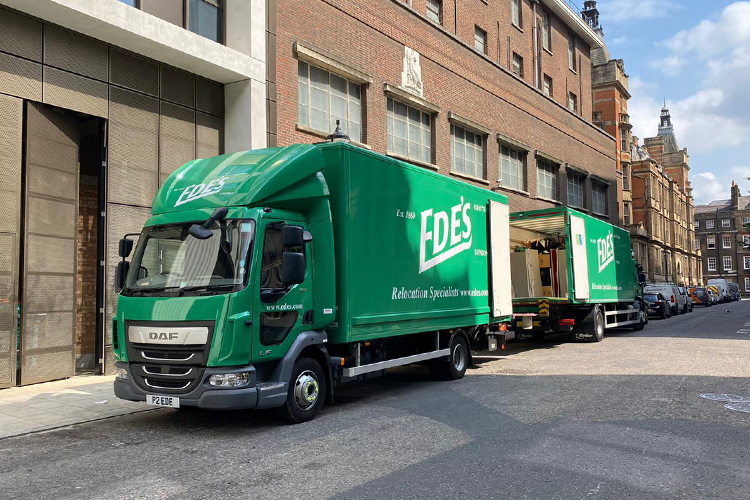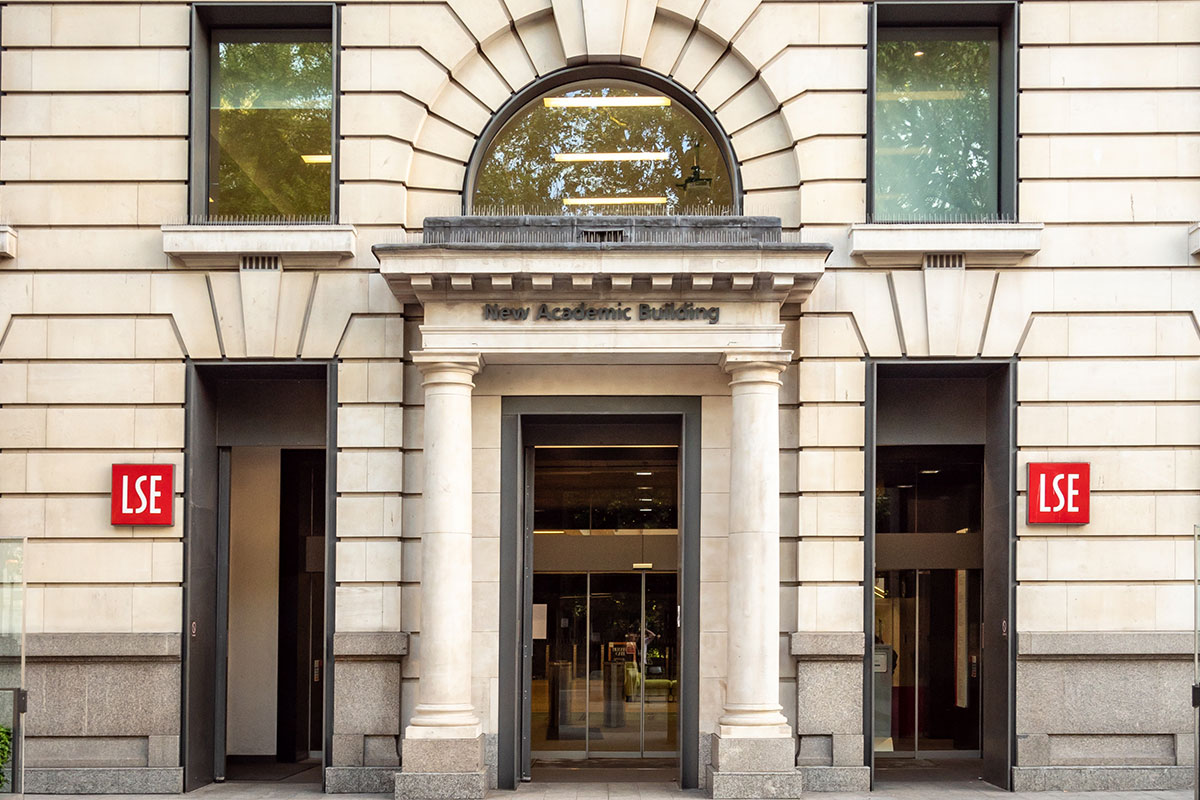Moving a laboratory can be daunting, requiring careful planning and execution to ensure that the equipment, samples and data are safely transported to the new location. Whether you’re upgrading to a larger facility or relocating to a new area, it’s essential to have a comprehensive plan in place to minimise disruption to your research and ensure that everything arrives at the new site in good condition.
Planning the Move
The first step in planning a laboratory move is identifying the project’s scope. This involves determining which equipment and supplies need to be moved, as well as any special considerations that must be considered. For example, certain chemicals may require special handling and transportation, and some equipment may need to be disassembled and reassembled at the new location.
Once you have a clear understanding of what needs to be moved, you can begin to develop a timeline for the project. This should include a detailed schedule of when each item will be packed, transported and unpacked, as well as any downtime that may be required for the move.
Choosing a Relocation Service
When moving a laboratory, it’s essential to work with a relocation service with experience in dealing with the unique challenges of scientific equipment and research materials. Look for a company that has a proven track record of success in this area and can provide you with references and testimonials from other clients.
It’s also essential to choose a relocation service that is fully insured and licensed to handle hazardous materials and other potentially dangerous substances. This will help ensure that your equipment and samples are transported safely and securely and that any liability issues are fully covered.
Packing and Labelling
One of the most important aspects of moving a laboratory is properly packing and labelling all equipment and samples that will be transported. This involves carefully wrapping fragile items in bubble wrap or other protective materials and using sturdy boxes and crates to transport heavier items.
Each item should be clearly labelled with its contents, as well as any special handling instructions that may be required. This will help ensure that everything arrives at the new location in good condition and that any hazardous materials are handled properly during transport.
Transportation
When it comes to transporting a laboratory, there are several options to consider. Depending on the distance and logistics of the move, it may be possible to transport everything by road or air. Alternatively, you may need to use a combination of transportation methods, such as road and sea, to get everything to the new location.
Whatever method you choose, working with a reliable and experienced transportation provider is essential. This will help ensure that your equipment and samples are transported safely and securely and that any logistical issues are addressed promptly and effectively.
Setting up the New Laboratory
Once everything has been transported to the new location, it’s time to start setting up the new laboratory. This involves unpacking and assembling all of the equipment, as well as testing and calibrating each item to ensure that it is functioning properly.
It’s also essential to ensure the new laboratory meets all necessary safety and regulatory requirements. This may involve installing new safety equipment, such as fire extinguishers and emergency showers, and ensuring all required permits and certifications are in place.
Conclusion
Moving a laboratory requires careful planning and execution to ensure that everything arrives at the new location safely and securely. By working with a reliable relocation service that has experience in dealing with scientific equipment and research materials and properly packing, labelling and transporting each item, you can minimise disruption to your research and ensure that your laboratory is up and running as quickly as possible.
Ede’s offers a specialist relocation service in the UK to help with the safe and efficient moving of laboratories. Our experienced team can provide packing and transportation services, as well as guidance on safety and regulatory compliance. Contact us today to learn more about how we can help you with your laboratory relocation needs.






